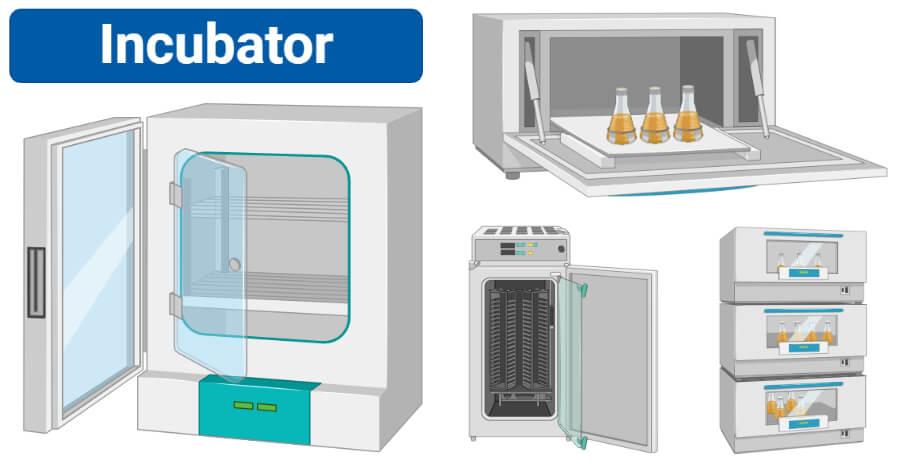The drying of slides, tissue culture, incubation of anti-body, tissue attaching, incubation of hydroxy steroids, crystalline, and microbiology assessment are the primary applications for bacterial incubators. The western blot membrane, after first being masked, is then subjected to an incubation process with a biotinylated, which recognizes the protein of interest.
Primary antibody in a Bacteriological incubator
Antibodies are extremely vital for successes while utilizing the Bacteriological incubator strategy. In the circuitous discovery strategy, the essential immunizer is utilized to explicitly tie the protein of interest, and afterward a named optional neutralizer is utilized for location. Then again, in the immediate location technique, the essential neutralizer is marked with a fluorescent color or a compound, and it is liable for both restricting and discovery of the protein of interest. In the roundabout identification strategy, the essential neutralizer is utilized to explicitly tie the protein of interest, and afterward a named optional immune response is utilized for discovery.
Bacteriological incubator manufacturers India operate in both conventional and customizable versions of their products. These models are developed to particularly fulfil the demanding requirements of a variety of different types of specialized research applications. They give the below features
- Table Top Model may be positioned in a variety of ways.
- The exterior chamber of the sturdy structure is built of mild steel that has been properly pre-treated and coated with powder coated paint for a finish that will endure.
- Steel sheet is used to construct the interior chamber.
- The Top Cover is comprised of an acrylic sheet, which allows for the viewing and tracking of the specimens contained inside the inner chamber without affecting the temperature of the procedure.
- Equipped with a Universal Platform that can house interchangeable brackets in a wide range of sizes to support flasks of varying capacities.
How do you select the right incubator for laboratory?
- The first and most fundamental factor to take into account is the size and capacity of the incubator. A basic sense of the appropriate internal volume may be obtained by making an estimate of the number of samples that will be incubating at any given point in time. In order for your job to be successful, what levels of temperature, humidity, and carbon dioxide will be needed, and would a water supply also be necessary?
- Incubators may be water-jacketed or air-jacketed, or another source of direct heat can be employed, in order to provide uniform heat distribution and eliminate cold areas. Infrared sensors and thermal conductivity detection, sometimes known as TCD, are two of the controller alternatives available for CO2 incubators.
- Incubators that include design characteristics that enable regulatory compliance are ideal for use in labs that are accredited or certified since it is vital for these types of laboratories to fulfil standards for accuracy and repeatability.
- One of the primary objectives in the development of incubators is to minimize the risk of contamination. In order to accomplish this objective, makers provide high-temperature decontamination cycles, HEPA filtration, and use of antifungal copper materials inside the chamber. Some models are equipped with inner glass doors that make it possible to see what’s within the unit without affecting the environment inside of the incubator.
- Indirect heat incubators heat the inner chamber by conductivity as well, but in direct heat incubators, the interior walls do not have a water jacket and rather have direct contact with heating element. This results in temperature fluctuations that happen quite quickly, and the setup process takes just eight hours.
Why choose best temperature range?
Choose an incubator with a low temperature or one that is chilled if you require the temperature to be at or below 30 degrees Celsius (C). In the event that the required temperature is thirty degrees Celsius or more, either a conventional or a microbiological incubator will do.
Choose Forced Air Flow or Gravity?
Incubators often come with a choice between two distinct forms of convection or air flow. Incubators that use gravity flow do not have any fans or other mechanisms to circulate the air; rather, the circulation is determined solely by the physical principles at play (hot air rises, cool air falls). The temperature distribution throughout the chamber will be more consistent if there is a constant flow of active or forced air, which may also have the effect of drying the air over time. Some types of forced air incubators have a fan that can be adjusted, allowing users to mitigate the potentially harmful consequences of either choice. Additionally, gravity convection models are less expensive than their counterparts.


